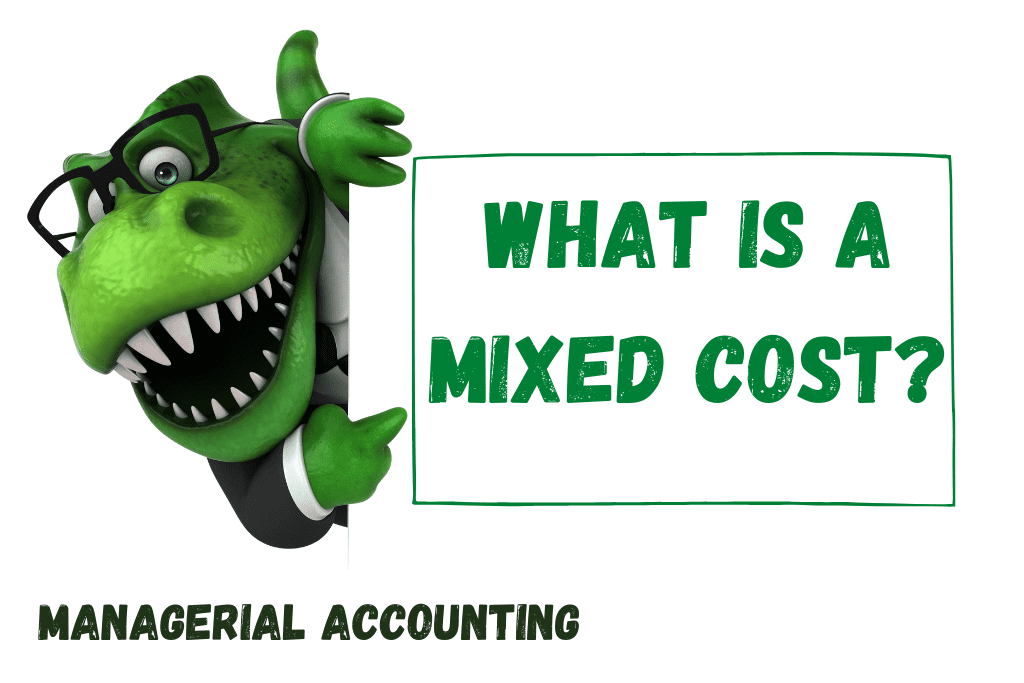In business, it is essential to understand the different types of costs incurred. Understanding cost behavior is critical to making informed business decisions. A mixed cost is a type of cost that includes both fixed and variable elements.
A mixed cost is often referred to as a semi-variable cost. This is because mixed costs include both fixed and variable costs. Fixed costs are costs that remain constant regardless of the level of production. For example, rent and salaries are fixed costs because they do not change with production levels. Variable costs, on the other hand, change based on the level of production. For example, the cost of raw materials or direct labor is a variable cost because it increases as production increases.
Mixed costs, as the name suggests, include both fixed and variable costs. The fixed portion of a mixed cost is constant regardless of the level of production, while the variable portion changes with production levels. Examples of mixed costs include utility bills, telephone bills, and maintenance costs. The fixed portion of a mixed cost represents the minimum cost incurred, while the variable portion represents the additional cost incurred with an increase in production.
How to Separate Fixed and Variable Elements of a Mixed Cost?
It is often necessary to separate the fixed and variable portions of mixed costs to make informed business decisions. This can be done using different methods, including the high-low method, scattergraph method, and regression analysis.
The high-low method involves using the highest and lowest production levels to calculate the variable and fixed portions of a mixed cost. To do this, you need to identify the highest and lowest production levels and the corresponding costs. The difference between the costs at the highest and lowest production levels represents the variable cost. The fixed cost is then calculated by subtracting the variable cost from the total cost at either the highest or lowest production level.
The scattergraph method involves plotting the costs against the production levels on a graph. The graph helps to visualize the relationship between the costs and production levels. A line of best fit is then drawn to separate the fixed and variable portions of the cost.
Regression analysis is another method used to separate fixed and variable costs. This method involves using statistical techniques to identify the fixed and variable elements of a mixed cost. It is the most accurate method but can be time-consuming and requires advanced statistical skills.
In conclusion, mixed costs include both fixed and variable elements. Identifying the fixed and variable portions of a mixed cost is essential to make informed business decisions. Understanding cost behavior and using appropriate methods to separate fixed and variable costs is critical to managing costs effectively.
Form more information about Variable Costs, Mixed Costs, and Fixed Costs, visit these articles: Variable Costs, Fixed Costs, Difference Between Fixed, Variable, and Mixed Costs.

